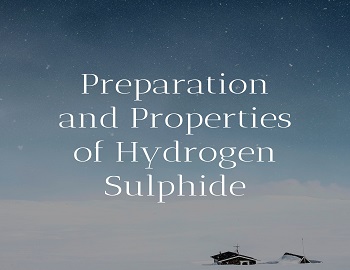Table of Contents
Momentum | Newtons Second Law of Motion | Impulse of a Force
What is Momentum?
If a stone is held in the hand, some force is needed to support it. The magnitude of force required for holding a stone weighing 15 kilograms will be more than that for holding a stone of 10 kilograms. If a piece of stone is allowed to fall from a height of 10 feet, some force is required to be used by the hand to prevent it from dropping down. Now, if the same stone is allowed to fall from the height of 15 feet, it moves down with a greater velocity than before and requires a greater force to prevent it from dropping down. Thus, the force needed in resisting the motion of a body depends upon two factors: a mass of a body and the velocity with which it moves. The measure of the motion of a body is known as its momentum and it is equal to the product of mass and velocity of the body. Thus,
Momentum = Mass X Velocity
M = m x v, where ‘M’ and ‘m’ are, respectively, the momentum and mass of a body and ‘v’ is its velocity.
Momentum is a vector quantity directed along with the velocity.
The units of momentum in C.G.S and M.K.S (S.I.) systems are g.cm/sec (gram centimeter per second) and kg.m/sec (kilogram meter per second) and its dimension is MLT−1.
Newtons Second Law of Motion:
Newtons Second Law of Motion states that the rate of change of momentum of a body is directly proportional to the applied force and takes place in the direction of a force. If on applying a force ‘F’ to a body of mass ‘m’, its velocity changes from ‘μ’ to ‘ν’ in ‘t’ seconds, then we have,
Initial momentum of the body = mμ
Final momentum of the body = mν
Change in momentum in t seconds = mν – mμ = m(ν – μ)
Rate of change of momentum = m(ν – μ) / t
According to Newtons Second Law of Motion,
Force ∝ Rate of change of momentum
i.e., F ∝ m(ν – μ) / t
Since, ν = μ + at and hence (ν – μ) / t = a
Therefore, F ∝ ma
or F = kma
where, ‘k’ is the constant of proportionality.
If m = 1, a= 1, and F = 1, then we have,
1 = k x 1 x 1
or k = 1
Hence, F = ma
or Force = Mass X Acceleration
A force applied to a unit mass produces a unit acceleration in it. This force is known as a unit force.
In C.G.S, F.P.S and M.K.S (S.I.) systems, the unit of force is dyne, poundal and newton, respectively.
A dyne is that much force which when applied to a mass of one gram produces an acceleration of 1 cm/sec2 in it.
A poundal is that much force which when applied to a mass of one pound produces an acceleration of 1 ft./sec2 in it.
A newton is that much force which when applied to a mass of one kilogram produces an acceleration of 1 meter/sec2 in it.
For illustrations of Newtons Second Law of Motion, consider the following examples-
- A blacksmith moves down the hammer from sufficient height so that the rate of change of momentum or the applied force is greater.
- While catching a cricket ball, the fielder lowers down his hands or brings them behind the ball before catching it. In this way, the ball loses its momentum in greater time and the fielder does not feel pain in his hands because now the ball strikes with less force.
Impulse of a Force:
It is the product of the magnitude of the force and the time during which the force acts on a body. Thus, if ‘F’ be the force acting on a body of mass ‘m’ during the time ‘t’, we have
Impulse of a force = F x t
Since, F = ma and a = (ν – μ) / t
Therefore, Impulse of a force = F x t = ma x t
Impulse of a force = m(ν – μ) / t x t = m(ν – μ) = mν – mμ = change of momentum
Hence, an impulse of a force is the change of momentum generated in the body during a certain interval of time.
Extremely large change in the momentum of a body produced in an extremely small time generates an infinite force called impulsive force. It is the cause of collisions, explosions etc.









Comments (No)